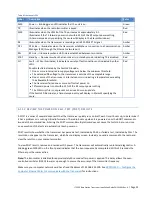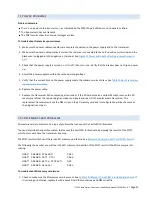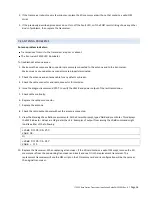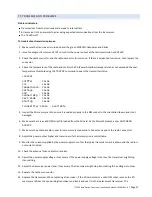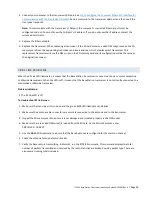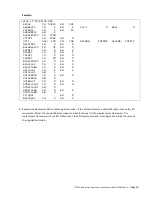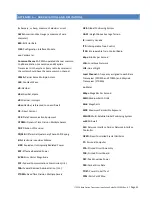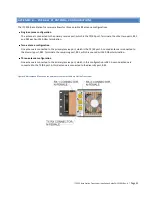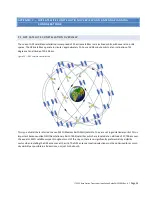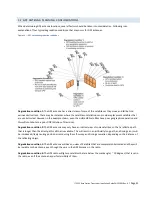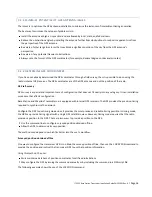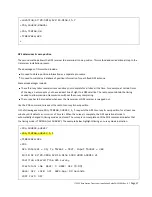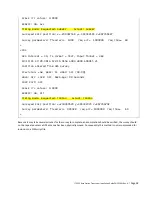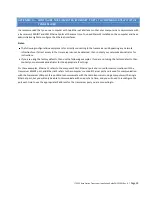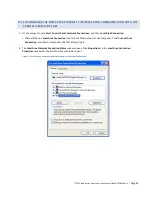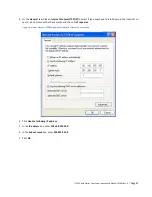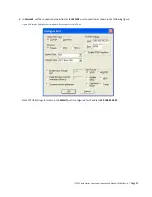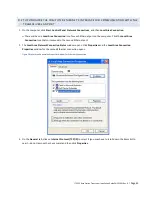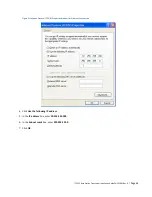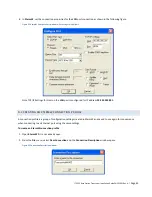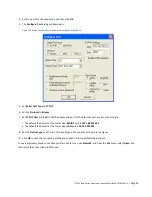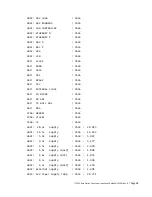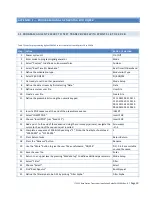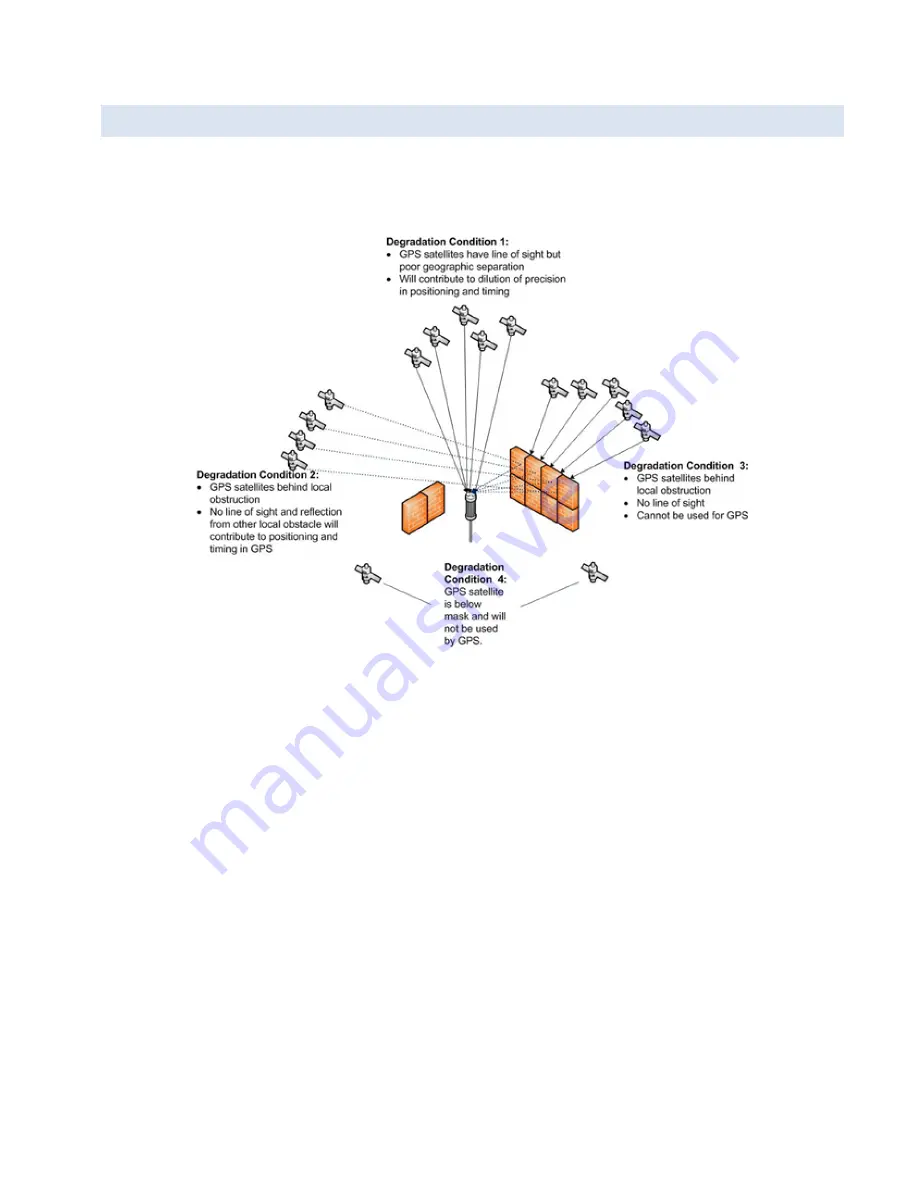
ITC 220 Base Station Transceiver Installation Guide PN 133991 Rev. A
| Page 35
C.2 GPS ANTENNA PLANNING CONSIDERATIONS
When determining GPS antenna locations, several factors should be taken into consideration. Following is an
explanation of four typical degradation conditions that may occur for GPS antennas.
Figure 16 — GPS antenna degradation conditions
Degradation condition 1:
The GPS antenna has a direct view of some of the satellites as they move and fall behind
various obstructions. There may be instances where the satellite constellation can provide replacement satellites that
are unobstructed. However in the example shown, even the visible GPS satellites have poor geographic separation and
this will contribute to a poor DOP (Dilution of Precision).
Degradation condition 2:
The GPS antenna may only have an indirect view of some satellites, so that a reflected path
that is longer than the direct path is all that is available. This will result in an artificially long path, and timing errors will
be introduced, likely causing position errors during the self-survey and timing anomalies, depending on the distance of
the reflecting object.
Degradation condition 3:
The GPS antenna will have no view of Satellites that are completely obstructed and they will
be invisible to the antenna, even though they are in the GPS Almanac in the radio.
Degradation condition 4:
The GPS radio will ignore satellites that are below the mask angle ( ~ 10 degrees) that is set in
the radio, even if the antenna has perfect visibility of them.


